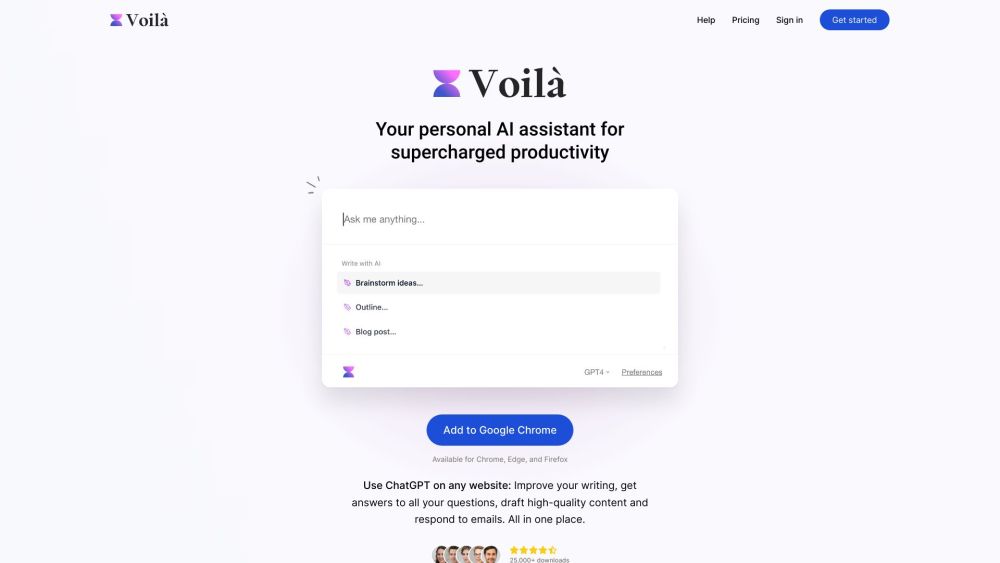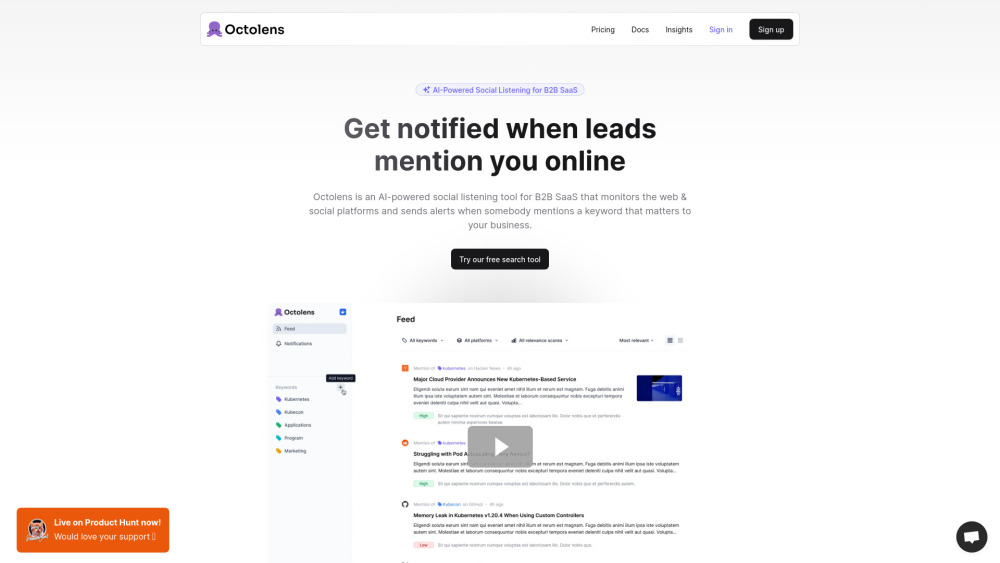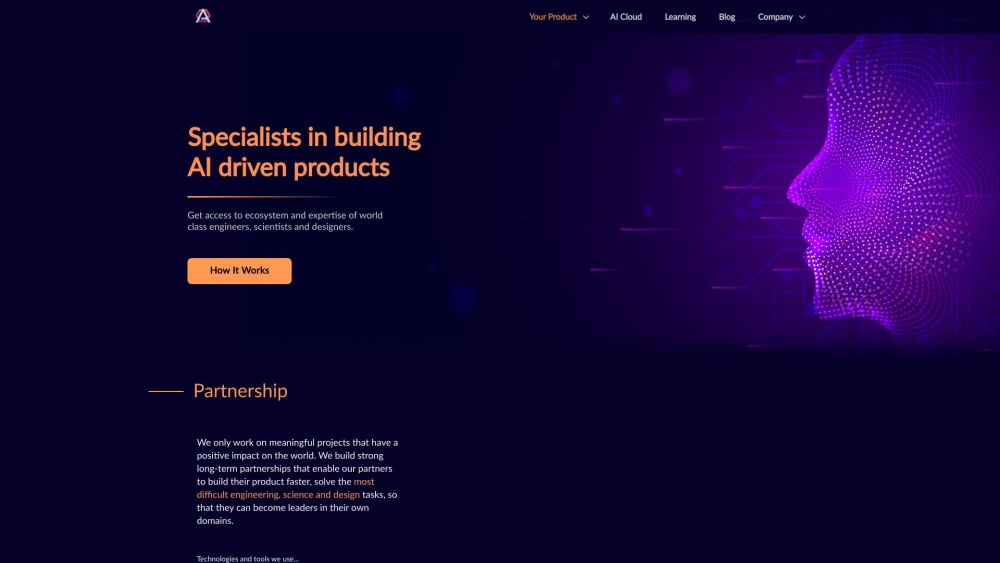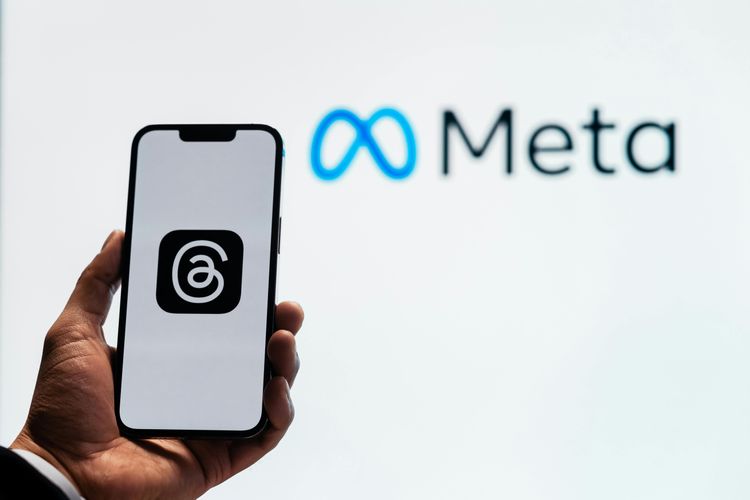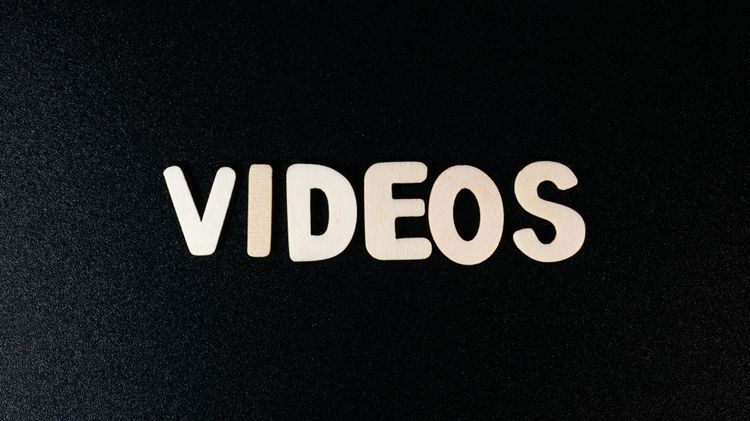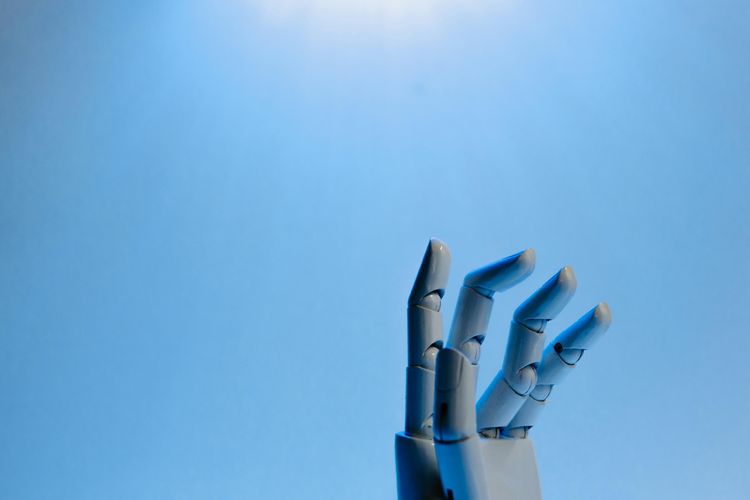AI has emerged as a pivotal player in the scientific landscape, yet it frequently encounters controversy stemming from its ability to create seemingly authentic yet false information, commonly referred to as "hallucinations."
Interestingly, these AI-induced "hallucinations" have unexpectedly transformed into invaluable assets in the pursuit of scientific innovation. Scientists have ingeniously harnessed the myriad of false information generated by AI to make groundbreaking advancements in fields such as cancer treatment, drug discovery, medical device creation, meteorological research, and even Nobel Prize-worthy achievements. Amy McGovern, a computer scientist, notes that while the general populace may perceive these "hallucinations" as detrimental, they actually present scientists with entirely new avenues of thought, allowing them to tap into previously unexplored creative spaces.
So, how do these AI "hallucinations" actually assist in scientific endeavors? They drastically accelerate the pace at which scientists and inventors can conceive and validate new ideas, providing a significant boost to scientific research methodologies. For instance, Professor James J. Collins of MIT leveraged AI to generate novel molecules in his research on new antibiotics, thereby significantly speeding up the research process. Similarly, David Baker of the University of Washington, who won the 2023 Nobel Prize in Chemistry for his protein research, heavily relies on AI's innovative capabilities. Baker's lab has created around 10 million novel proteins that do not exist in nature, and the team holds nearly 100 patents, many of which are closely tied to healthcare advancements.
Despite the fascination with AI "hallucinations" in scientific discoveries, some scientists argue that the term "hallucination" is misleading. They prefer to view them as forward-thinking concepts with potential for realization, akin to the hypothetical stages in early scientific exploration. They argue that AI-generated "hallucinations" are fundamentally different from the ambiguities inherent in human language and the biases and falsehoods prevalent in the online world, as their creative output is grounded in solid natural scientific foundations.
Anima Anandkumar, a professor of mathematics and computational science at the California Institute of Technology, and her team provide a compelling example. They utilized AI "hallucinations" to design a new catheter with jagged protrusions on its inner wall, effectively preventing bacterial adhesion and ascending bladder infections, thereby significantly reducing the risk of bacterial contamination.
Even so, some scientists remain apprehensive about the term "hallucination," fearing its negative connotations may evoke associations with psychedelic experiences induced by drugs like LSD, given the scientific community's past fears of such "hallucinations." However, it is undeniable that compared to "hallucinations" generated by chatbots and other AI applications, AI's creative imagination in the scientific realm is significantly advantageous. It is rooted in reliable natural scientific facts, rather than the chaos of human language or the false biases of the online world, consistently contributing to the advancement of science.
